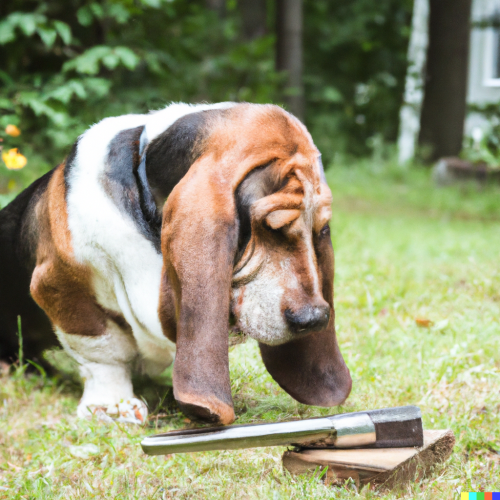
An unfortunate stint of natural disasters (landslides, flooding, and earthquakes) makes the French city of Thiers known by some folks for all the wrong reasons. To the rest of France, however (and maybe the world), Thiers is the undisputed capital of cutlery in the country.
It’s a bit of a mystery, really. Thiers was born in the Middle Ages, and six centuries of cutlery tradition followed, but no one knows with certainty how knife making in the city got its start, let alone how cutlers there discovered the secrets of metallurgy given how little they had with which to work
As the legend goes, Crusaders returned home with the secret of steel. By the 15th century, tax registers recorded thirty knife makers in the city, and less than 100 years later, that number grew to two-hundred. Was something in the water?
Certainly, these craftsmen had an abundance of the wet stuff from the Durolle River, necessary to make a sharp blade. They also had charcoal, the predominant heating source of the Middle Ages, and critical for smelting and blacksmithing. But here the plot thickens. The city didn’t have real assets to become the country’s capital of knife making. They hardly had enough sandstone to make grindstones, and what they got was likely from Haute-Loire. They also lived in an area devoid of iron ore, and historians guess that they sourced this from Dauphiné. The one real tangible asset they had was the tenacity and hard work of people living on a rocky, steep and hard territory, folks who worked the fields in summer, and made blades in the winter.
We leave the “how-dunnit” to others to solve for it’s far too easy to disappear under that rabbit hole. It is, however, an enticing mystery: A town where everything from street names to shop signs (and even a museum) are visible reminders of a deep vocational tradition in which big gaps remain.
We choose to take the coward’s way out by fast forwarding in history to when photographs shed more light on how knife making was done in later times. And it was hard. Really hard.
Conditions were cold, humid, and loud. The cutlers shaped the blades on grinding wheels they called “yellow bellies,” but if the wheel exploded (and it sometimes did), the worker was propelled skywards, and his survival was iffy.
We needn’t point out to our readers who groom their own dogs the toll that grooming take on many of us: Carpal Tunnel, calloused, arthritic fingers, and our back! Oh, our aching backs! The cutlers of Thiers knew this pain. Bent over, as they were, sharpening blades for hours every day lead to a novel approach: They laid on their stomachs to grind their blades against the wheels in order to save their backs. Who knows how their shoulders fared, but at least they could probably stand upright at the end of a shift.
Why this topic shows up on a dog-centric website is seen in the photo below. It’s one that has appeared all over the Internet, and we hope we’re safe in sharing it uncredited.

The picture is said to be from the 1900s, and you will immediately notice something you don’t see every day (aside from men grinding knives while on their tummies). It’s the dogs!
Remember, it was cold where these men worked, and they were encouraged to bring their dogs to work not only keep their owners warm by lying on their legs, but also to keep them company. It won’t escape your notice that the dog nearest the photographer looks to be a member of the Basset Hound family – and lest we forget, France produced at least six recognized “basset” type dog breeds. There are more photos of the dogs brought to work at this incredible site, but we don’t have permission to share them. Nevertheless, click on the link, it’s worth the look.
Top image is by Dall-ee, and yes, it’s an AI generated image.
